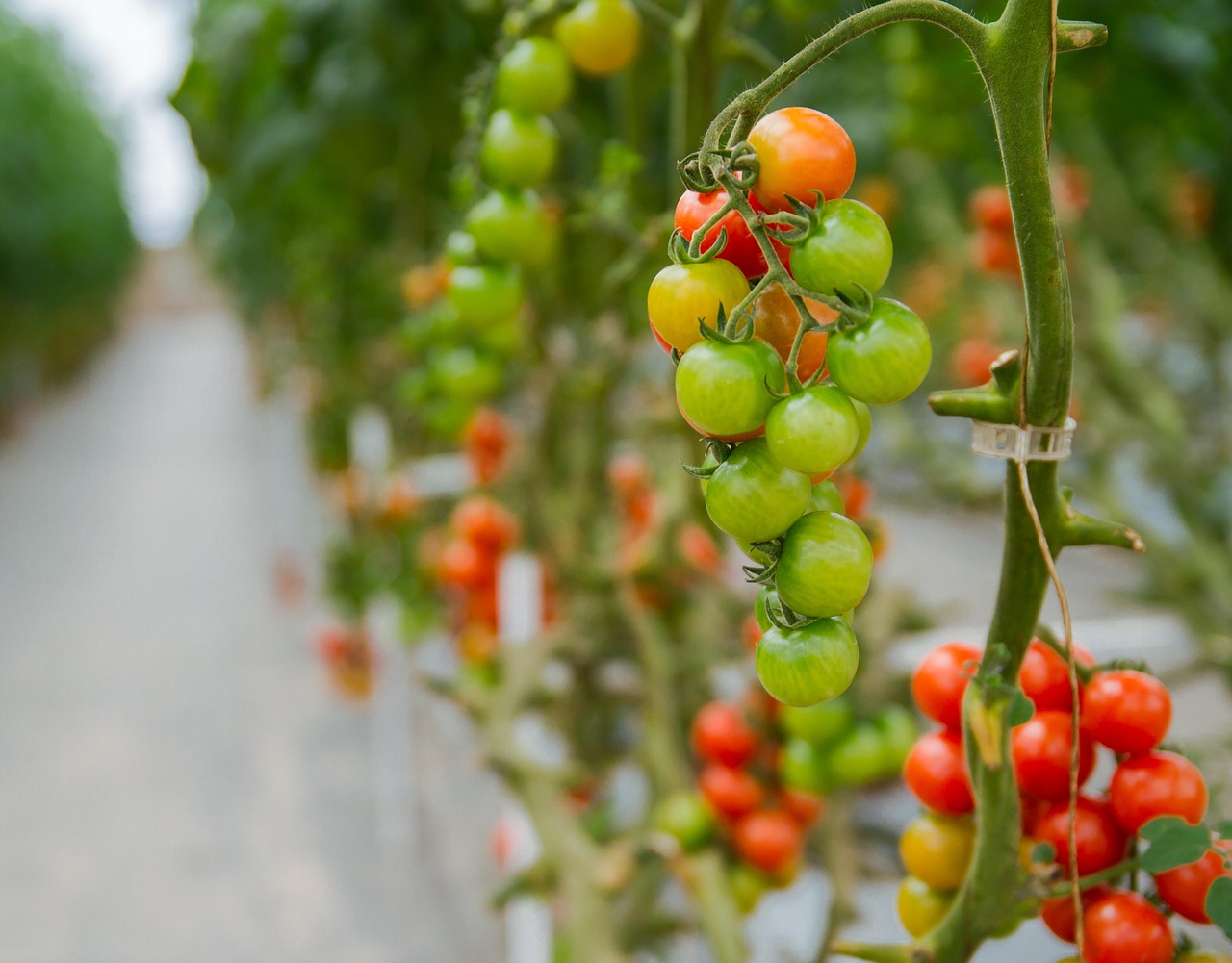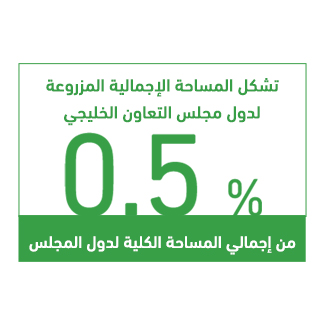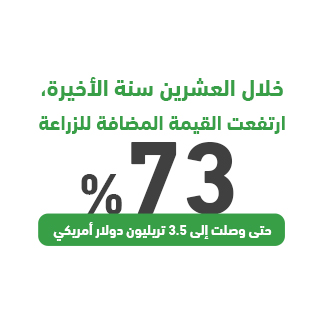Mashroo3k Economic Consulting Company offers a feasibility study for a hydroponic farm project, with the highest return on investment and the best payback period. This study is based on a series of in-depth studies of the Yemeni market size, an analysis of local and foreign competitors’ strategies, and the provision of competitive pricing.

Agricultural development projects, such as the hydroponic farm project, rely on hydroponic technology without soil. The farm produces various vegetables, such as tomatoes, cucumbers, lettuce, parsley, and others. The project targets several sectors, such as hotels, restaurants, wholesalers, and retailers.
mashroo3k Economic Consulting Company ensures that the hydroponic farm project features the latest production lines and advanced packaging technology, in addition to relying on an advertising team that is distinguished by its ability to innovate and innovate.

Mashroo3k Economic Consulting Company directs investors wishing to invest in a hydroponic farm project in Yemen, or develop their existing projects, to seek the advice of specialized consultants through your project company, to help them determine the best methods and approaches for developing farm products and enhancing their competitive advantages.


Significant savings in irrigation water and fertilizers.
Double production per unit area.
Savings in agricultural labor.
Speed crop production.
Reduced use of pesticides.
Easier pest and disease control.
Eliminating the need for organic fertilizers.
Production of crops outside their normal seasons.
Executive summary
Study of project services/products
Market Size Analysis.

Agricultural production sector in the Gulf Cooperation Council countries
There is no doubt that the agricultural sector is of great importance to the world’s economies today. It helps achieve self-sufficiency and food security, reduces unemployment and alleviates poverty, and is the primary source of raw materials for many manufacturing industries. This vital sector employs approximately 935.6 million workers, representing 28.3% of the global labor force.
Global agricultural production sector.
Over the past 20 years, the added value of agriculture has increased by 73% to US$3.5 trillion.
Agriculture represents 4% of global GDP.
Agriculture employs 874 million people, representing about 27% of the world’s total workforce.
4.8 billion hectares is the total agricultural area in the world, divided into (3.2 billion hectares of meadows and pastures and 1.6 billion hectares of crops).
9.4 billion tons is the total production of primary crops in the world.
337 million tons is the total world production of red and white meat.
883 million tons is the total world fruit production.
1128 million tons is the total world production of vegetables.
201 million tons is the total world production of vegetable oils.
883 million tons is the total world milk production.
83 million tons is the total world egg production.

According to data from the Food and Agriculture Organization of the United Nations (FAO), hunger is on the rise, with the number of undernourished people worldwide rising to 770 million. This is a significant number, and we hope that agriculture and its products will contribute to reducing it. It’s worth noting that agricultural land worldwide decreased by 127 million hectares between 2000 and 2019 (roughly the size of Niger), while forest area decreased by 94 million hectares (the size of the United Republic of Tanzania) during the same period. These figures are undoubtedly somewhat reassuring, especially given the world’s growing population. Therefore, Mashroo3k supports investment in the agricultural sector, seeking to keep pace with the growing demand for food.